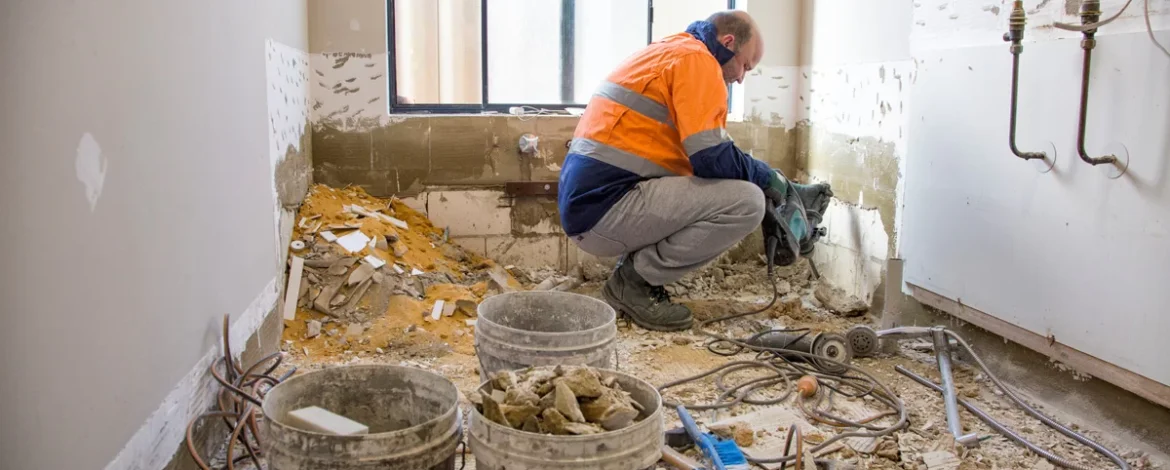There are different types of water damage. Some are caused by rotting wood, bacteria, and mold growth. Others are caused by leaking pipes, sewage, and floods. When you experience this type of damage, you need to know how to take action to ensure that your home or property is restored to its original state.
Assess the level of damage
When it comes to water damage restoration, especially in the Long Beach area, it is important to know the correct way to assess the level of damage in your home. Whether it is a natural disaster or a small leak, a proper assessment will reveal how much work needs to be done.
During a damage assessment, you will be required to wear protective clothing. This should include a pair of shoes with good grip and slip resistance. Also, a respirator should be worn to filter out spores. If you are dealing with a large-scale water damage, you might need to hire an expert to assess the damage.
The proper way to measure the level of damage is to take a look at your floor. You may notice mold or mildew growing in certain areas. You should clean up the affected area as soon as possible to prevent further damage.
Perform a thorough extraction of water
If your home has suffered from water damage, the first thing you should do is perform a thorough extraction of the water. Standing water is a major health hazard, and it can quickly breed mold and mildew, which can lead to serious respiratory illnesses.
A professional water damage restoration company, such as Enterpirse Water Damage of Long Beach, will use moisture detectors and cleaning agents to remove the standing water. They will also dry the affected area thoroughly, preventing further damage. The process should be done as soon as possible, so that the structural integrity of your property is not damaged.
Aside from removing the water, you must also get the entire building dried. This includes the wall cavities, ceilings, and hard-to-dry building materials. The drying process helps prevent the growth of mold and other harmful bacteria.
Remove mold spores
Mold can be a major health risk, especially for those with allergies. It can also cause serious property damage. It can grow on many surfaces, including paper, cardboard, drywall, carpeting, and fabric.
Mold spores are microscopic particles that float through the air. They can be inhaled by people or pets, causing respiratory symptoms such as coughing, runny noses, wheezing, and eye irritation. Thankfully, there are several ways to prevent mold from growing indoors.
First, you should try to control the moisture inside your home. You can do this by installing exhaust fans in bathrooms and kitchens. You can also remove mold spores from the air with air filters.
Secondly, you should contact an air quality expert to inspect your home for a possible mold problem. They will test your indoor air for spores and other airborne debris.
Dispose of potentially hazardous materials
During water damage restoration, one of the most important steps is to dispose of potentially hazardous materials in a safe location dedicated for this type of material in the city of Long Beach. It’s important to choose the right kind of container and use the correct handling techniques. If you need help with this, you can consult a professional.
If you’re cleaning up a home or office that’s been damaged by flooding, you’re likely to come across items with traces of hazardous substances. While a lot of these products are benign, they can pose a serious health hazard if they are improperly handled or disposed of.
If you’re working in the field, it’s wise to wear protective gear. You also may want to consider storing these items in a secure location away from children.
In addition, you should check out your local household hazardous waste collection program. Some communities will have special collection days for these items.

